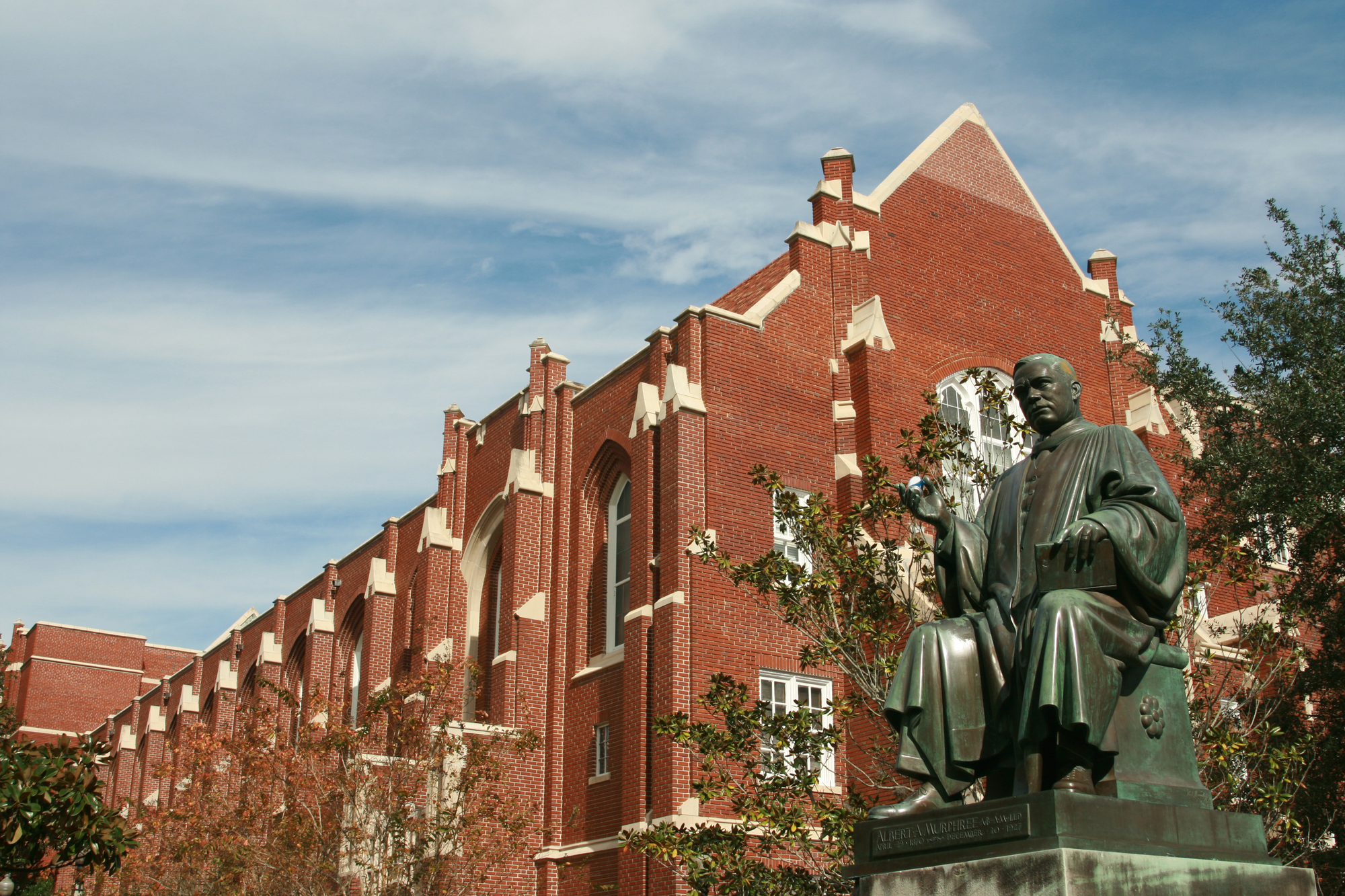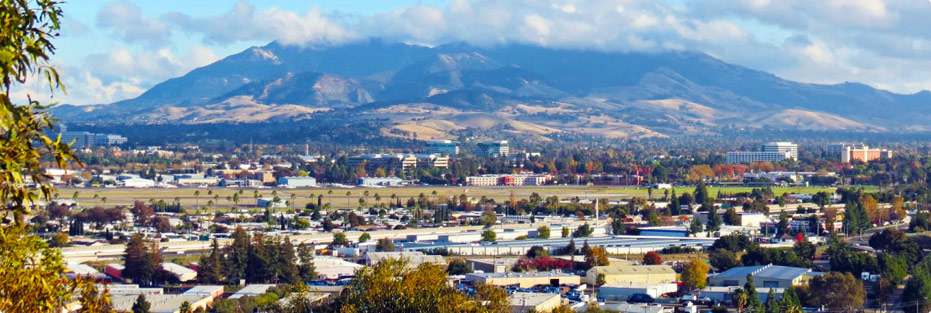Post-Election Analysis of Flipped Districts
Date: November 11, 2018

With Election Day come and gone and the results of nearly all the races tallied, what are the most interesting takeaways that we can glean from midterms? Prior to the election, NAE released research on the changing electorate in the 45 most competitive swing districts in America.
Building off that research, we now look back at some of the districts that actually flipped from one party to the other. As the prior research has shown, these districts nearly all experienced demographic shifts over the last few years that have left them more diverse. Virginia’s Loudoun County, for example, saw some of the fastest increases in foreign-born population between 2010 and 2016, adding more than 37,000 foreign-born residents over this time. This increase represents an increase of 68 percent, making Loudoun County one of the most diverse counties in the country, with almost one in four, or 24 percent of its entire population being born abroad. This county sits within Virginia’s 10th district, where the Republican incumbent, Rep. Barbara Comstock, lost to Democratic challenger Jennifer Wexton.
Virginia’s Henrico County – which sits in Virginia’s 7th district where Democrat Abigail Spanberger defeated Republican incumbent Rep. Dave Brat – saw a 20 percent increase in its foreign-born population between 2010 and 2016, adding more than 6,100 foreign-born residents.
The districts that flipped also experienced large increases in Hispanic and Asian-American voters in recent years. For example, in California’s 21st district, the Asian and Hispanic electorate increased by almost 17,000 new voters between 2016 and 2018 alone—increasing their share of the electorate by 3.2 percentage points. Meanwhile in the same district, the non-Hispanic white share of the electorate fell by 2.1 percentage points, or more than 5,500 voters. Similarly, in Arizona’s 1st district, there were more than 16,000 new Asian and Hispanic voters over the same time period.
These same trends are expected to continue. Looking at the population trends seen in these swing districts and using the same standard population projection techniques, NAE estimates that there will be 590,000 new Asian and Hispanic voters by 2020.
As the final votes are tallied, NAE will continue to examine the data in order to get a sense of how demographic change will affect elections at the local, state, and federal levels in future elections in 2020 and beyond.






